The concept of facial recognition got its start in the 1960s when Woodrow Wilson Bledsoe devised a system to classify photographs of faces. Since then, technological advancements have arguably pushed this feature to be one of the most powerful security tools ever created. Now, facial recognition is the most commonly used method to unlock smartphones, tag friends in social media posts, and even navigate through automated airport check-ins. But, how does this technology work, and what are its effects?
The Tech Behind Facial Recognition
Every facial recognition software works a bit differently since they are often created using proprietary algorithms. Nonetheless, the basic process can be divided into three main steps.
First is detection, or the process of locating a face within an image. Much like auto-focus on iPhone cameras, facial recognition technology will scan any image before identifying human features and settling on the pictured face.
Next comes analysis– also known as attribution. This step involves the mathematical mapping of the face, which is often completed by measuring chin shape, the distance between a person’s eyes, and the distance between a person’s nose and mouth. These data points are converted into a series of numbers, known as a “faceprint.”
Finally, using this faceprint, the technology will attempt to recognize and confirm the identity of the person in the image. This is completed by comparing the face detected in the image against any other known faces in a database via cross-referencing. Take, for example, your iPhone. Anyone who does not scan their face into your iPhone’s accessibility settings will not be registered in your phone’s database, and therefore will not be able to unlock the device.
Facial Recognition Pros
Facial recognition technology can enhance safety and security in numerous ways throughout various sectors. Primarily, law enforcement agencies can utilize the tech to find missing people and identify perpetrators of crimes. Businesses can also implement facial recognition as a preemptive measure against theft. By adding this feature to your security network, any unrecognized individuals can be flagged, and any already known thieves can be identified and stored in your identity database. Plus, if your business does become a victim of theft, facial recognition software can help law enforcement officers further your case.
Other benefits of facial recognition include greater security and more streamlined screening in places such as banks and airports. Plus, in our post-COVID society, human touchpoints are becoming less and less popular. Facial recognition can potentially eliminate the physical handling of entryways and other common points of physical contact.
Facial Recognition Cons
Nonetheless, this extreme technological advancement has also been met with pushback. Many people are concerned about threats to individual and greater societal privacy since facial images and scans are stored in databases for unknown periods of time.
The technology has also spurred fears about personal rights and freedoms– particularly concerning law enforcement. Police could theoretically run each face in their database through virtual crime lineups without probable cause. Moreover, this tech is not “fool proof” and a false positive may lead to someone being improperly identified.
Finally, there are also concerns about data vulnerabilities. In fact, hackers have already shown they can infiltrate the facial scan databases of police departments, banks, and defense firms after the hacking of software company Clearview AI in 2020. And, when a breach like this does occur, every individual’s stored personal information is at risk– potentially leading to identity theft or targeted crime.
The Future Of Facial Recognition
Facial recognition technology will continue to improve, with the possibility of recognizing other human characteristics ranging from physical body parts to even the way someone walks. At the same time, learning more about the tech will likely decrease the frequency of inaccuracies and allow agencies to better secure their networks. Still, how vastly the public will allow the feature to be implemented in general society remains to be seen.
RESOLUTE Partners offers warehouse security systems, cannabis video surveillance, Commercial Surveillance Systems, iot integration services, Live Video Monitoring Services, and video security solutions for commercial and government enterprises. Contact Us to learn more.
Frequently Asked Questions
Facial recognition technology works by detecting faces in images, analyzing their unique features, and creating a “faceprint” that maps specific facial characteristics. This faceprint is then compared against a database of known faces to identify and confirm a person’s identity. The process involves three main steps: detection, analysis (or attribution), and recognition.
Facial recognition technology offers several benefits, including enhanced safety and security for law enforcement in identifying criminals and locating missing persons. Businesses can use it to prevent theft by recognizing known offenders. Additionally, it can streamline security processes in high-traffic areas like airports and banks, minimizing physical contact and improving overall efficiency.
There are significant concerns regarding privacy, individual rights, and data security. People worry about the storage of facial images in databases and the potential misuse of this technology by law enforcement. Issues like false positives can lead to wrongful identification, and data breaches pose risks of identity theft and unauthorized access to personal information.
Facial recognition technology is expected to continue evolving, with potential advancements in recognizing other human characteristics beyond just facial features, such as body parts and gait patterns. These improvements may reduce inaccuracies and enhance the technology’s effectiveness in security applications.
Businesses looking to implement facial recognition technology should prioritize transparency, obtain consent from individuals whose data is being collected, and ensure robust data protection measures are in place. Additionally, they should establish clear policies regarding data usage and retention to address privacy concerns and comply with legal regulations.

Michael S. Blanco is the Chief Executive Officer and Co-Founder of Resolute Partners, LLC, where he leads strategic initiatives across various divisions. After owning family entertainment centers in New England, he co-founded Resolute Partners in 1996, launching the first Internet cafés for the U.S. Navy and partnering with AT&T for global deployment. A pioneer in wireless communications, Michael has expanded the company’s focus to include Energy Management/IoT, Cybersecurity, and Managed Video Security. He holds a degree from the Rochester Institute of Technology.
2 Comments
Leave a Comment
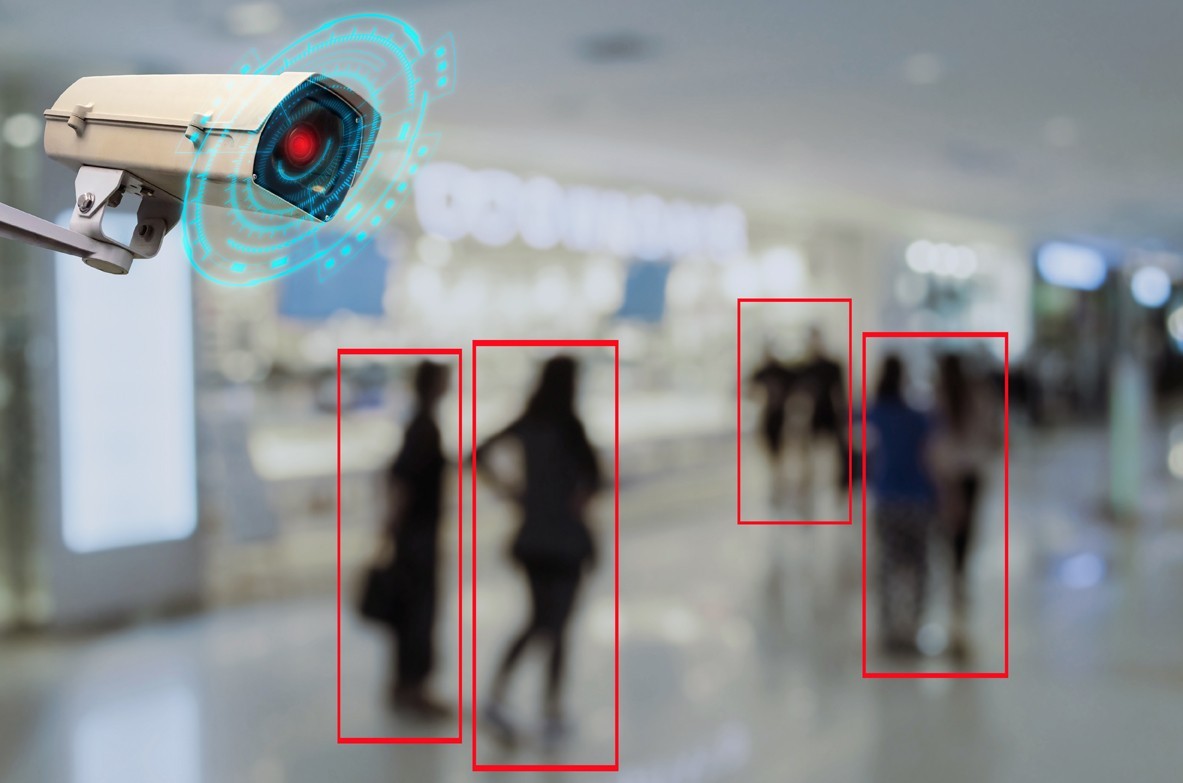
Stay up to date.
Subscribe for latest news, protection tips, special offers, and more!






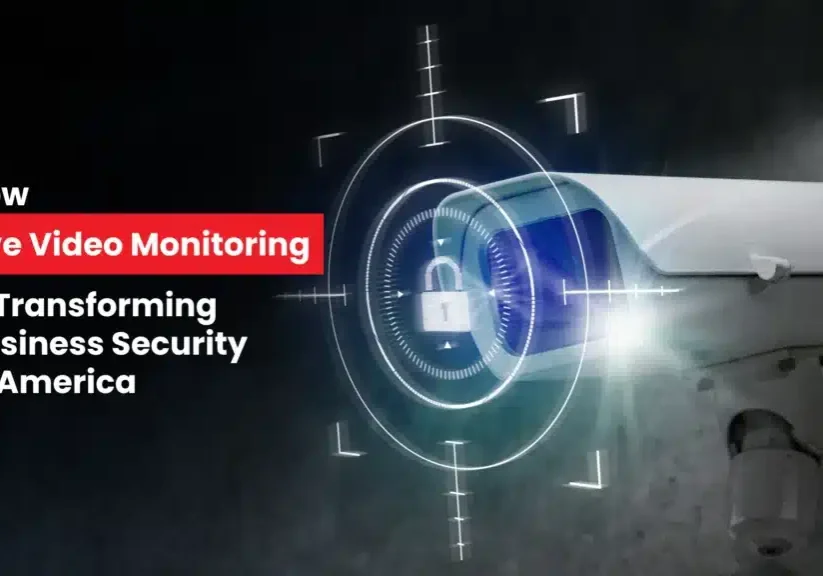
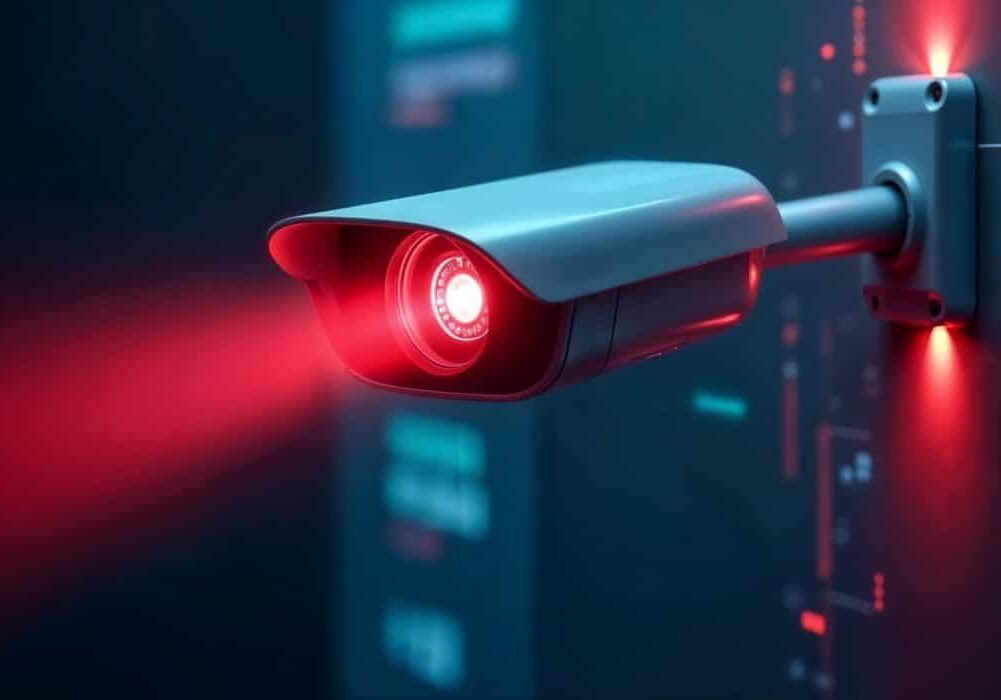
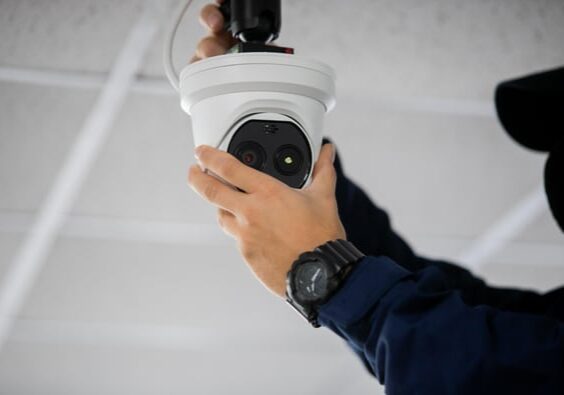
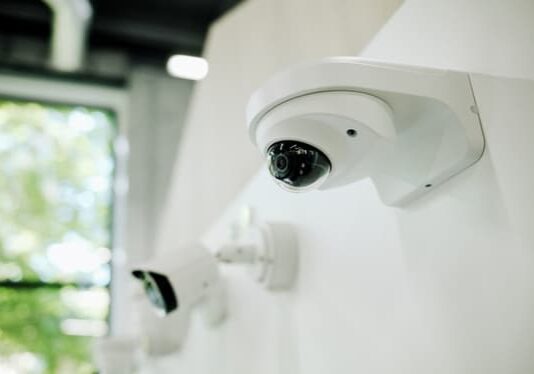
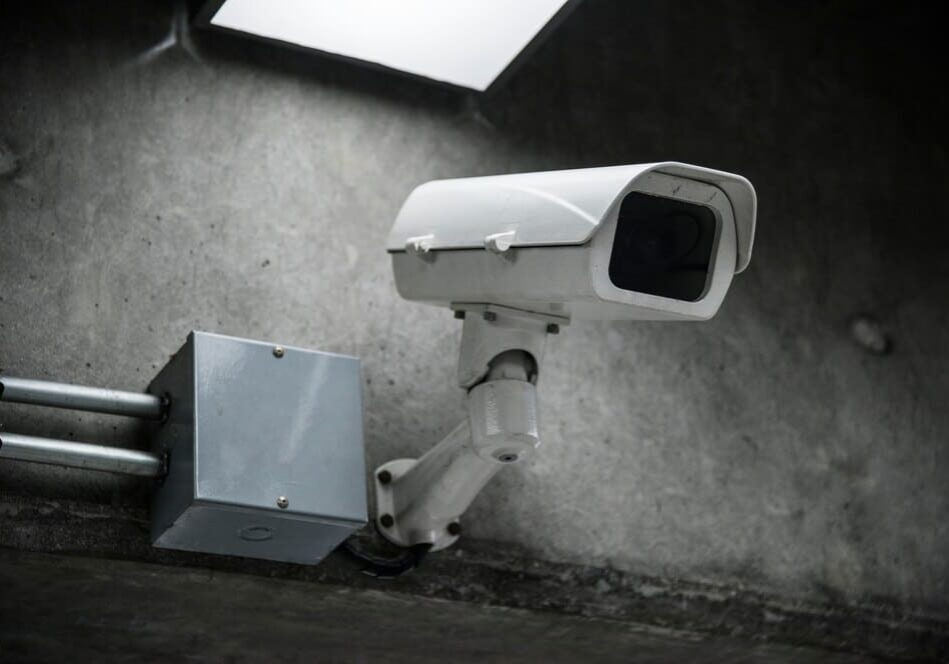
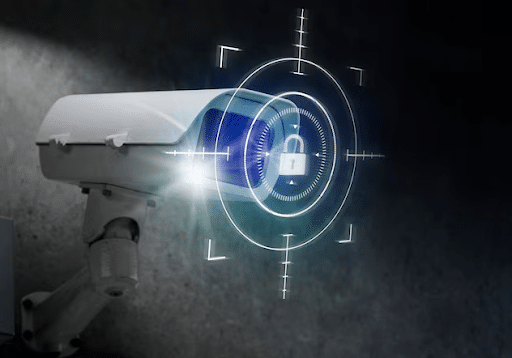
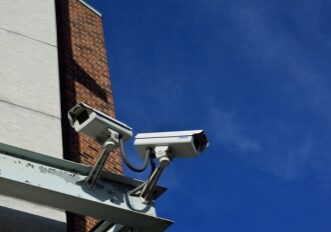


[…] not all surveillance systems are made equal. Static systems may allow you to review footage and identify an invader’s face or catch their license plate. But, live video monitoring allows users to be much more proactive in […]
[…] the security world, some of the best-known AI-based analytics features include facial recognition, motion search, and face detection. All of these features can be integrated with IP cameras. In […]